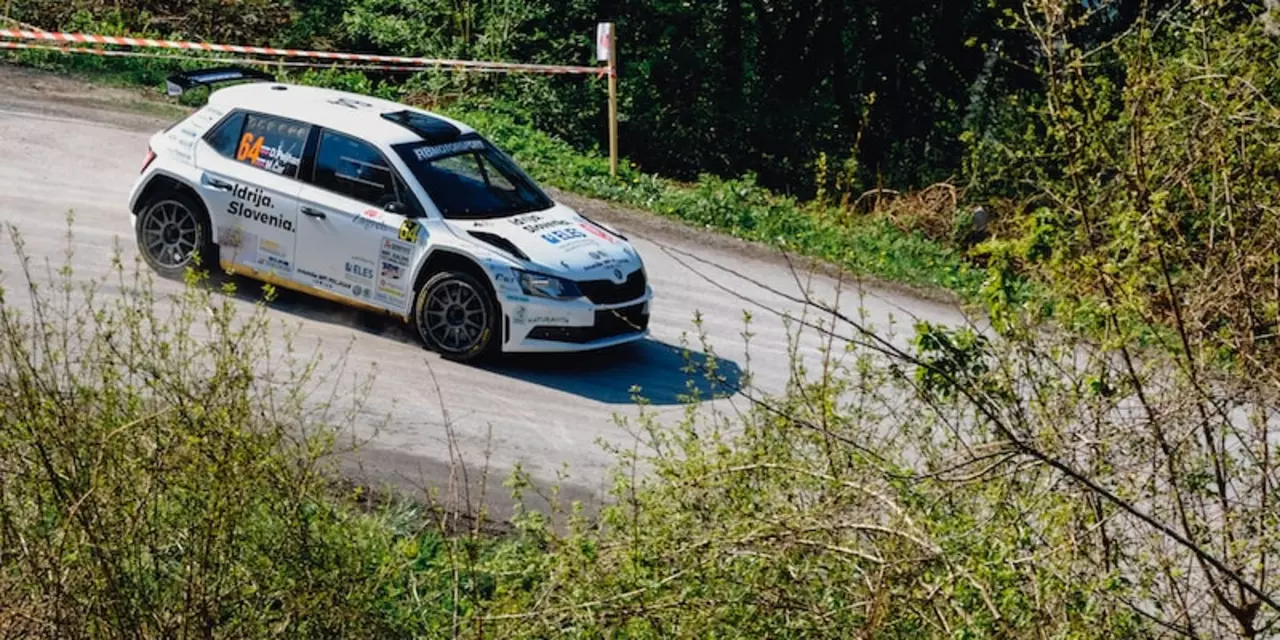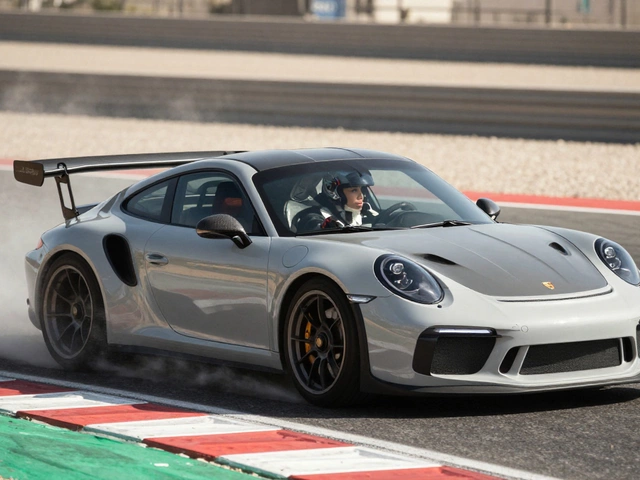US Rally Guide – Everything You Need to Know About American Rally Racing
Rally racing in the United States is buzzing. From dusty desert stages in Arizona to forest tracks in Washington, the scene is growing fast and welcomes anyone with a love for speed and adventure. If you’ve ever wondered how to jump in, what the biggest events are, or which car setups work best on American terrain, you’re in the right place. Let’s break it down in plain language and get you on the road.
Why Rally Racing is Gaining Momentum in the US
First off, rally isn’t just a European thing anymore. The launch of the American Rally Association (ARA) and the rise of regional clubs have created a clear path for amateurs and pros alike. More media coverage, live streaming of events, and a stronger community on forums and social media mean you can follow a rally from your couch and then step onto a stage the same weekend. Plus, the variety of landscapes—mountains, coastlines, deserts—gives drivers a chance to test every skill without leaving the country.
Getting Started with US Rally Events
Ready to roll? Grab a valid driver’s license and a road‑legal car that meets the ARA safety checklist. You’ll need a roll cage, fire‑extinguishing system, and a harness—most clubs can help you source these parts affordably. Next, sign up with a local rally club; they’ll guide you through entry fees, paperwork, and the schedule of upcoming stages. Classic entry‑level events like the Rally Colorado or the Oregon Trail Rally are perfect for first‑time competitors because they offer shorter stages and a welcoming atmosphere.
When you arrive at an event, expect a briefing where the officials run through the route, safety rules, and pace notes. Your navigator will hand you a notebook or a digital device with those notes—learning to trust them is half the fun. Practice the handbrake, gear shifts, and left‑right balance on a low‑speed run before you hit the high‑speed sections. Remember, rally is as much about smooth, consistent driving as it is about outright speed.
Beyond the basics, a few tips can shave seconds off your stage times. Keep the car light but don’t sacrifice safety gear; a stripped‑down interior improves handling. Use a short‑shifter kit for faster gear changes, and consider dual‑clutch differentials if your budget allows. Most importantly, listen to your co‑driver. The pace notes are the map that keeps you from winding up the wrong way, and a clear, calm voice can turn a tricky hairpin into a confident drift.
Whether you’re eyeing the famous Rally America Championship or just want to enjoy a weekend of off‑road thrills, the US rally scene offers something for every skill level. Join a local club, prep your car, and hit the stages—there’s a whole country of roads waiting for you. Feel the rush, meet new friends, and become part of the growing rally community that’s putting the United States on the global rally map.

Why isn't Rally Racing big in the US?
Rally racing is a popular motorsport in many countries, but it has yet to gain traction in the United States. This article explores some of the reasons why rally racing isn't as big in the US as it is elsewhere. These include a lack of organized events, the cost and difficulty of finding a car suitable for rally racing, and the relatively low public awareness of the sport. Additionally, the American motorsport infrastructure does not support the sport, making it difficult for rally racers to get the necessary permits and insurance. Despite this, rally racing is growing in popularity in the US, and the future of the sport looks bright.
read more
